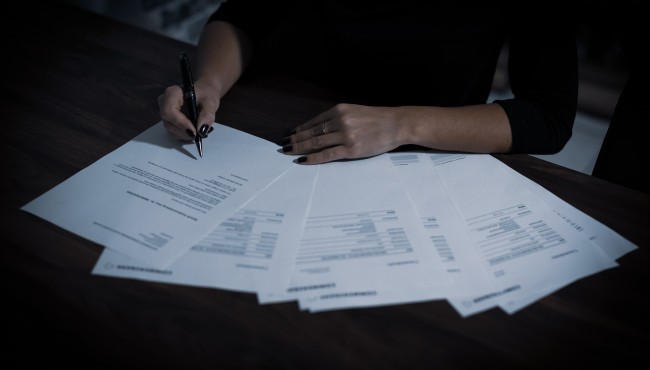
A safeguard procedure (known in France as “sauvegarde judiciaire”) may be requested by a company going through economic difficulties.
The director of the company must ask for it to the pertinent Court before the company enters in a state where it can no longer pay its debts, just like in a “mise en sommeil” or a voluntary liquidation. The aim of opting for such a procedure is to prevent the liquidation of the company and relaunch its economic activity.
In principle, the process consists of putting aside temporarily the past debts and restarting the company. It is thus a process thought to restructure the company in order to overcome the difficulties found.
PARTICULARITIES OF THE PROCEDURE
In a safeguard procedure there are some characteristics that make it different from the other legal processes for companies struggling with their debts.
Firstly, the only person that can request it is the director of the company. It cannot be demanded by a creditor or a third party. After stating the reasons to request the procedure, a judge will determine if it’s applicable to the enterprise in question. As mentioned above, the company must be solvent. If it’s not the case, the request will be dismissed.
Unlike other types of procedures for companies with difficulties, it’s the company itself that elaborates the inventory of actives, and the director and other associates are entitled to keep their salary; that is, the judge cannot decide on it.
In addition, the AGS (insurance for the guarantee of salaries) doesn’t intervene in the process since, in principle, the company still has liquidity. However, they can be appointed by the judge as controllers for the surveillance of the procedure together with representatives of the creditors.
Lastly, it’s important to mention that the enterprise cannot be legally pursued by the creditors by any means. Also, unless otherwise specified, the company won’t be available for any other person to retake it, thus it remains under the control of the director and his associates.
STAGES OF THE PROCEDURE
The director of the company makes a demand to the Commercial Court to open the procedure, listing solid reasons to request the safeguard procedure and stating the difficulties encountered. The demand must be accompanied of:
- The accounts of the last business year as well as a statement of the current accountancy situation of the company and an estimate income for the future. In addition, it’s also necessary to declare the revenues of said last business year and the number of employees during the period.
- The proof of matriculation in the commercial registry and the identification number of the company (K-bis number).
- A statement of the debts due to the creditors together with the name of their legal entities and their registered address.
- An inventory of the actives and passives of the company.
- Name and address of the members of the enterprise committee and representatives of the employees if designated. In addition, if the company wishes to propose an administrator for the procedure, they need to provide the identity and address of the person in question.
- A proof that no conciliation process has taken place or, if it has, the date and name of the authority where it was held.
If the request is accepted by the Court, they will designate compulsorily a judge to overlook the process and an attorney. The administrator mentioned above is facultative, but it’s recommended to either designate or request one.
Once the demand is accepted, the judge hears the debtors and representative of the employees and proceeds to the publication in the Bodacc of the opening of the procedure. The judge must also send a circular letter to every creditor listed by the company to inform them about it. It’s, however, highly recommended for the company director to inform them before they receive the letter.
After the publication in the Bodacc, they have two months to respond to the judge (four if they are foreigners) about the veracity of the debts. If they mismatch their accounts, they must inform the judge within such period. Having done this, they proceed to the verification of the debts by comparing the accounts provided by the company and those of the creditors.
The next step is to open an observation phase in which the debts of the company previous to the opening of the process are put aside temporarily, and a new bank account is opened for the new operations. Therefore, this phase is meant to relaunch the economic activity of the company from scratch. The observation period lasts for six months and it’s renewable two times. It’s not possible to exceed those 18 months.
During this time, the company cannot be pursued by the creditors and it’s not allowed to pay its previous debts nor generate and pay any new ones, except alimentary ones.
END OF THE PROCEDURE
The “sauvegarde judiciaire” may be concluded in four different ways:
- The company doesn’t face any difficulty anymore.
- The company is solvent enough to liquidate its debts and continue.
- There are solid reasons to believe that the company can survive and relaunch its activity without going bankrupt. At this point, a partial or complete cession of the company can be contemplated if desired by the director or, conversely, an additional activity can be added. In this case, a “plan de sauvegarde” is established, and it can last up to 10 years (15 for crop farmers). During this 10 years, the debts prior to the judgement must be liquidated and, for that matter, a yearly percentage has to be paid. Needless to say that failing to comply with the terms will result in the termination of the safeguard plan of the company.
- The company can be deemed insurmountable and thus derived to a process of “redressement” or “liquidation judiciaire”.